Estimated reading time: 10 minutes
If you’re somewhat new to any genre of firearm or firearm accessory, it’s often tough to see why one firearm or firearm accessory costs so much more than another. What are the differences? Today, we are comparing two optics that seem very similar overall. Both are 1-6X first focal plane LPVOs, have illuminated reticles, and are designed to be tactical optics.

Table of contents
The first contender is the Monstrum Panzer, an optic that costs roughly 150 dollars. The second contender is the Armament Technology SAI-6, which costs right around 1,500 dollars. Today, we’ll explore the differences between the two optics and hopefully illuminate why one costs a fair bit more than the other.
Breaking Down the LPVOs
Before proceeding, let’s break down each optic by its specifications to better understand what’s what.
Monstrum Panzer
Magnification – 1-6X
Length – 11 inches
Weight – 17 ounces
Tube Diameter – 30mm
Objective Diameter – 24mm
Eye Relief – 4 to 4.5 inches
Available on GunsAmerica Now
SAI-6
Magnification – 1-6X
Length – 10.07 inches
Weight – 18 ounces
Tube Diameter – 30mm
Objective Diameter – 24mm
Eye Relief – 3.54 inches nominal
It’s important to look at the specifications of these optics to show that there isn’t a big gap in the optic’s specifications. On paper, the two LPVOs look alike, and specifications certainly can’t explain the price difference.
Both are also First Focal Plane optics. Until recently, FFP optics had always sat in that realm of expensive optics. An influx of more affordable models has made the FFP configuration more accessible to shooters on a budget.

A First Focal Plane optic gives you a reticle that grows and shrinks as you adjust the magnification. There are a few benefits to this design. For one, the windage and drop adjustments are accurate at every magnification range. Second, the shrinking reticle at 1X limits the obstruction when using the optic at close range. The illumination portion of the reticle shrinks and often acts as a red dot for close-range shooting.
The LPVOs – Side By Side
Now, we can compare the LPVOs side-by-side. This is where the price difference most certainly comes to light. We’ll discuss the clarity, durability, reticle design, brightness, and overall performance of the Monstrum Panzer and SAI-6 side by side.
Reticle Design
The SAI-6 comes with one of five reticle designs. Three of the designs are identical, except they offer different BDCs for different calibers. The BDC options include 5.56, 6.8, and 7.62 NATO. We also have an MRD with the Rapid Aiming Feature and an MRAD without the Rapid Aiming feature.
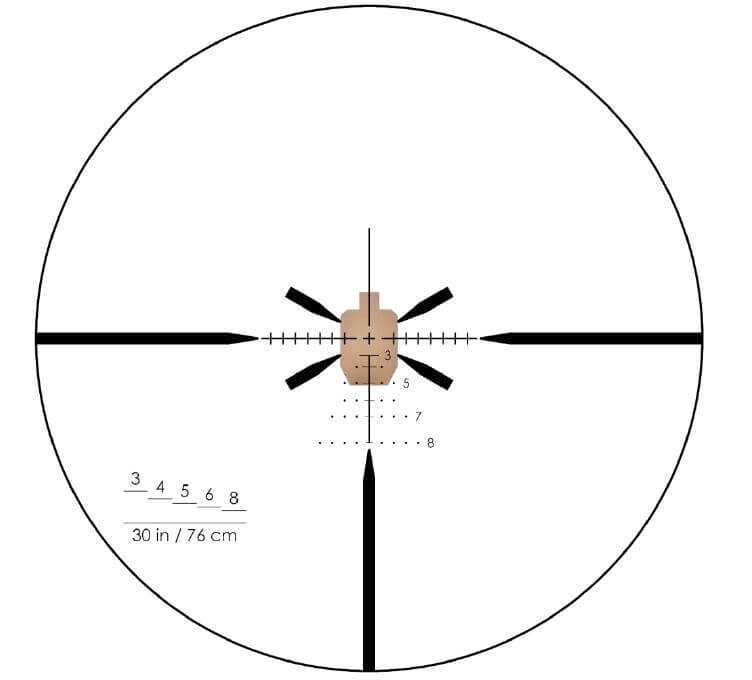
The Rapid Aiming Feature is one of the more interesting design aspects. It’s four lines that surround the center of the reticle and usher your eye towards the center. If your cheek and eye placement are compromised then the four lines guide your eye in the right direction.
The SAI-6 also has the VSOR range finding reticle which offers a series of hash marks that align with the average shoulder width of a man at various ranges.
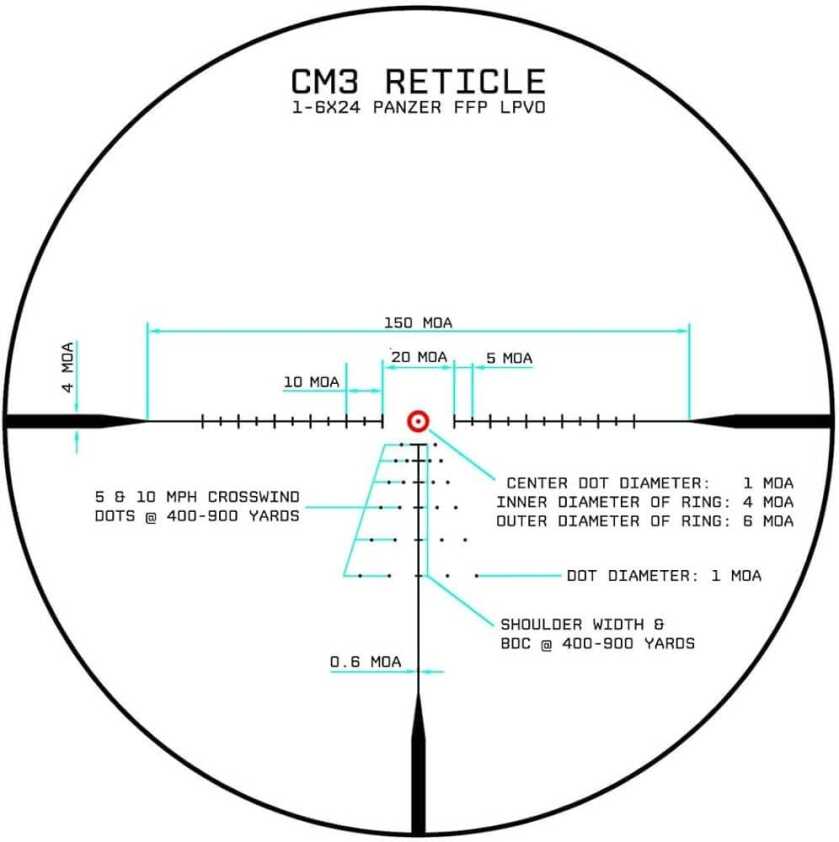
The Monstrum Panzer has two reticle options: the CM3 and the Morpheus MM5. Both are BDC-type reticles but feature different designs. The CM3 (also randomly called the CM2 in the manual) is a crosshair design with an illuminated circular portion dead center. The MM5 reticle uses a large EOtech-like circle that disappears as the magnification increases and becomes a crosshair.
In the Field With LPVOs
At the range, the SAI-6 reticle works brilliantly. The Rapid Aiming Feature works as advertised and makes it almost like a video game. Shooting at close and long range is a snap. The 5.56 BDC is dead-on accurate, and the reticle brightness is surprisingly nice. It’s not super bright, but it’s as bright as an FFP LPVO can get.
At 1X, the illuminated reticle glows nicely and is fast and easy to see. It’s quick at close and long ranges.
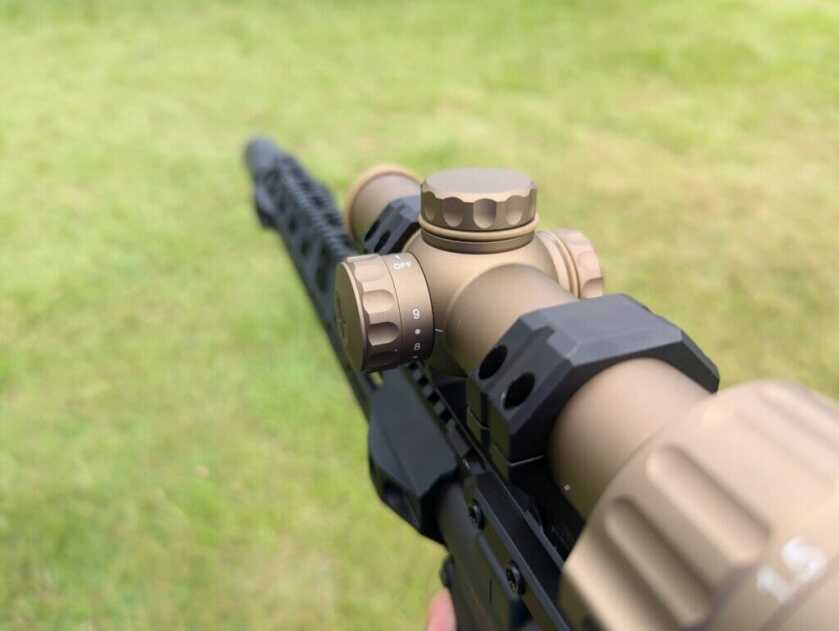
The Panzer CM3 (or CM2) gives us a center dot for close-range shooting, but the illumination stopped working between opening the box and mounting the optic. I swapped batteries and more, but it wouldn’t come on. The reticle is easy to see and use and provides plenty of windage and drop elements.
My problem is that the BDC is supposed to work with both 5.56 and .308. Those two rounds have very different ballistic profiles. The manual does not guide you on how the holds work with either caliber. They list the drop as 400 yards, and it steadily ticks to 900 yards.

BDCs have to be tuned to work with specific cartridge velocities, barrel lengths, and more. None of that is listed. We also need to know the range to zero the optic to make sure the BDC works, but that’s not listed either.
Overall, the CM3 reticle works okay within 200 yards. It seems to align with the BDC with 50/200 zero and 55-grain ammo from a 16-inch barrel.
Clarity
The SAI-6 blows the Mosnturm Panzer away in clarity. That superior Japanese glass shows us a very vivid and clear picture throughout the day. The SAI-6 provides a crystal-clear picture in both dim and bright environments. The slightest fault I can see is the slight chromatic aberration when looking at white surfaces in bright environments. From hundreds of yards away, I can tell you the color of a target.
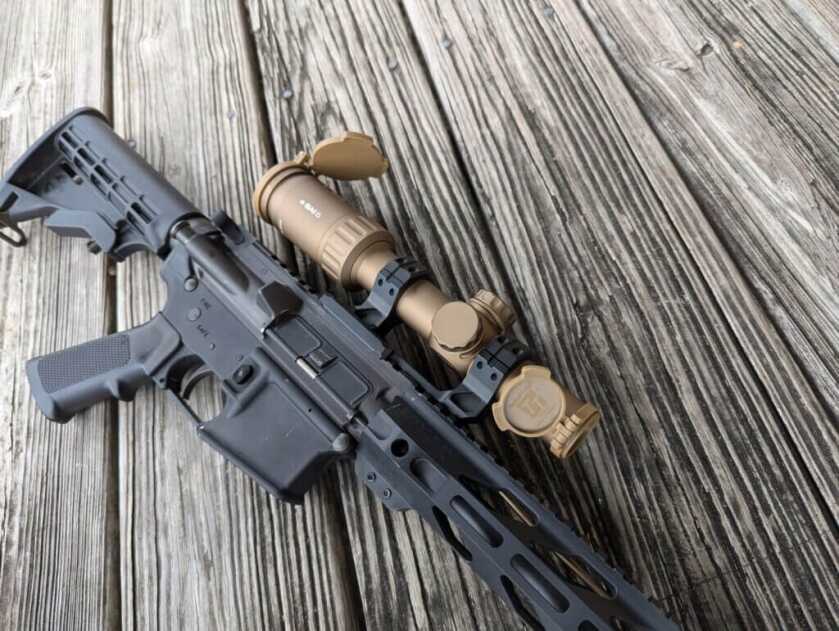
The Panzer is fine out to 200 yards. The edges are distortion-free, and the view is clear from edge to edge. At 200ish yards, however, things start to get a little blurry, almost static. Colors take on a blueish tint. For 150 dollars, it’s not bad, to be honest, but it doesn’t hold a candle to the superior glass of the SAI-6.
This becomes apparent when you try to spot a color that is roughly the same as your target. Things that are camouflaged or even vaguely darkly colored still stand out with the SAI-6, but blend into the background with the Monstrum Panzer.
Accuracy and Precision
The SAI-6 uses milliradian adjustments of .1 mil per click. The turrets are capped and fingertip adjustable. They are minimalist and small, which makes them a bit of a hassle to adjust, but maybe it’s because I have sausage fingers. The clicks are very tactile and audible.

The Mosntrum uses the admittedly more user-friendly MOA adjustments. Each click is half an MOA. The turrets are fingertip-adjustable and allow you to move them easily. The ½ MOA adjustments aren’t as precise as the .1 milliradian but are perfectly adequate and precise enough to LPVO work.
With the SAI-6, I had no problems getting zeroed and on target. I used a simple 50/200 zero as required by the BDC. I used the same distance for the Panzer and had a hard time getting zeroed.
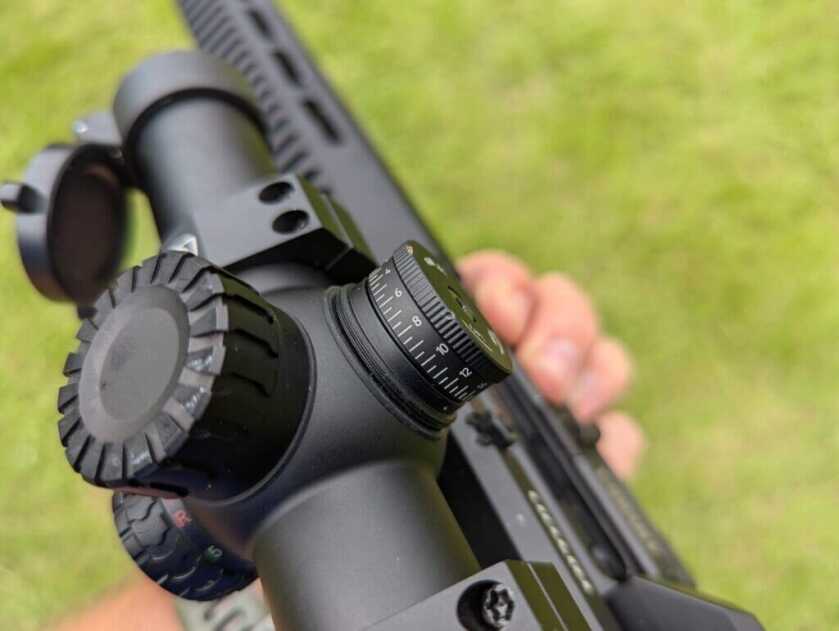
I double-checked the mount and the rings and had no problems. I thought I was messing up, and it turns out the clicks were not quite accurate. The right windage adjustments were accurate, but the left adjustments exceeded a half MOA and seemed to jump rapidly between adjustments. Left adjustments were a guess, and getting zeroed required luck.
Once zeroed, both LPVOs remained zeroed. Even after a few short drops, both optics remained zeroed without a problem.
LPVOs Durability
A few drops didn’t cause zeroes to shift, but what about the rest of the durability? Before ever firing a shot, the illumination on the Monstrum Panzer ceased to function. I was never able to test the brightness of the reticle because it simply never worked. This occurred without any recoil applied and is not a great endorsement of the 150-dollar LPVOs.
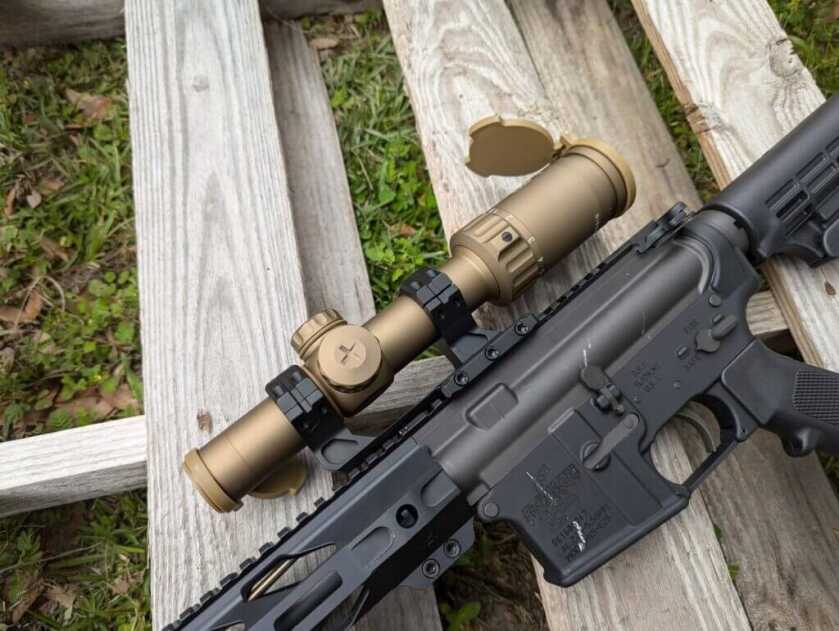
The SAI-6 can operate in temperatures of 149 degrees down to -40 degrees. The storage temperature runs between -59 and 123 degrees. You can dunk the SAI=6 underwater for two hours at three meters. The optic can also resist 1000gs for 10,000 cycles.
The Monstrum Panzer is fogproof. That’s all I can find about the optic. It doesn’t seem to be waterproof to any IPX standards, and there is nothing mentioned about shock resistance.
What Did We Learn About LPVOs
The 1,500-dollar optic is better in every way. The glass is much clearer, and you can see targets that blend in with their environments. The reticle is intuitive and easy to use, and the BDC is clearly defined and functional. We get a reticle that is bright and easy to see. It’s much tougher and designed to be a duty use, professional-grade optic.
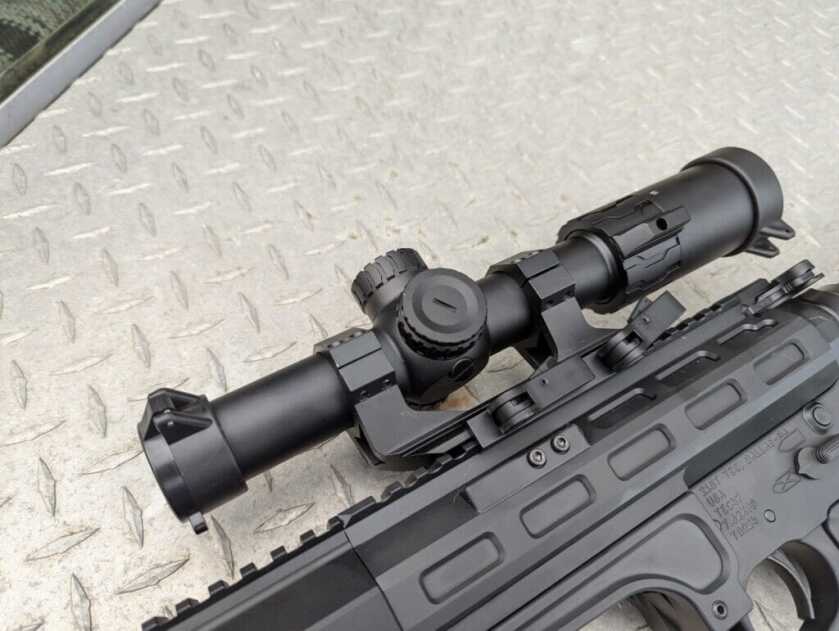
The Monstrum Panzer is a hobbyist optic. Normally, I’d say it was great for a .22LR, a trainer rifle, or just for plinking and range use. However, the turret issue makes it frustrating, and the reticle illumination breaking so early isn’t confidence-inspiring.
READ MORE: Vortex Viper 1-6 King of the Mid-Tier?
As a gun guy, I see a lot of folks talk about how optics, guns, lights, and more are the same, and you’re often paying for a name. That’s simply not true in the majority of situations. Quality costs, but it’s an investment.
*** Buy and Sell on GunsAmerica! ***

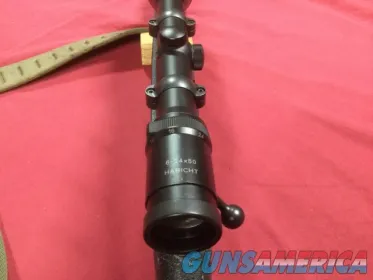
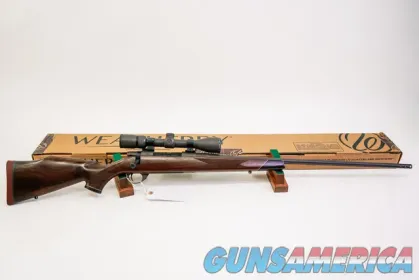
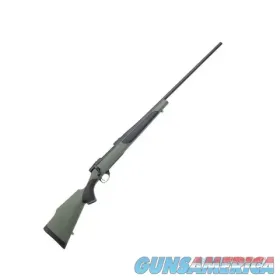


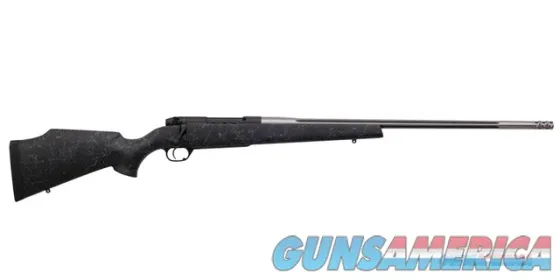





So you learned the $1500 scope was better in every way….nobody saw that one coming…🙄🙄. OK sorry, sarcasm aside. I have at least 8 $1000 plus Trijicon LPVO’s, obviously I love them after buying that many. I hate to say it but the $300 (on sale price) Arken 1-8x LPVO is not a bad scope at all. It holds zero and unlike this monstrum hasn’t broken in anyway. I’ve only had it a few months but it’s doing fine. Kinda pisses you off for the price that it works that well. I’ve had a 4-16 Arken on a 300 win mag for a couple years that gets shot a lot. It’s an APF MLR, so a stretched out ar-10 in 300 WM. Also that same scope sat on top of a Savage 300 WM bolt gun at first too. There again, no issues. I always agree you should buy the best (likely most expensive)scope you can…a rifle is only as good as it’s sight. BUT Arken for me anyway has been doing a bang up job with entry level priced scopes full of nice features. I’ll take a trijicon or nightforce or leupold ANY day and do for my duty long guns. (Dep Sheriff) but sometimes you can find the cheapies that make you wonder why the brand names cost so much. Arken is that cheapie. If the fun money jar is running low, check them out. It’s crazy sometimes what happens. I had to recently return a $1427 3-18x Trijicon TENMILE because the elevation turret seized up on range trip #5. It sits on a Bergara B14 HMR 300WM. Never dropped, hard case and just bench use…I don’t know what the hell happened to that thing?? But the Arken gets abused all the time and it has kept on working…weird. So ya just never know. Sure not saying the chinese cheapie is better but weird stuff like that just makes you scratch your head sometimes. Have a good day men.
One of my pet peeves is when an author writes a story and fails to initially disclose what each of the acronyms used in the article stand for.
In this case, I had to leave the story and look up what LPVO stood for (Low-power variable optics).
With exception of common abbreviations like USA, or “cal.” for caliber, writers should always explain the jargon they’re throwing around.
The only time I shoot targets is when I am working up a load for a rifle or sighting one in. A FFP LPVO is of no use to me. You turn the power down, you can barely see the reticle. That is a problem to me with any FFP scope. Especially on a defense weapon, I want a reticle I can see. I understand why target shooters and others like FFP scopes. So, if FFP scopes are what you like, great. However, they are not for me, I a hunter, not a target shooter.